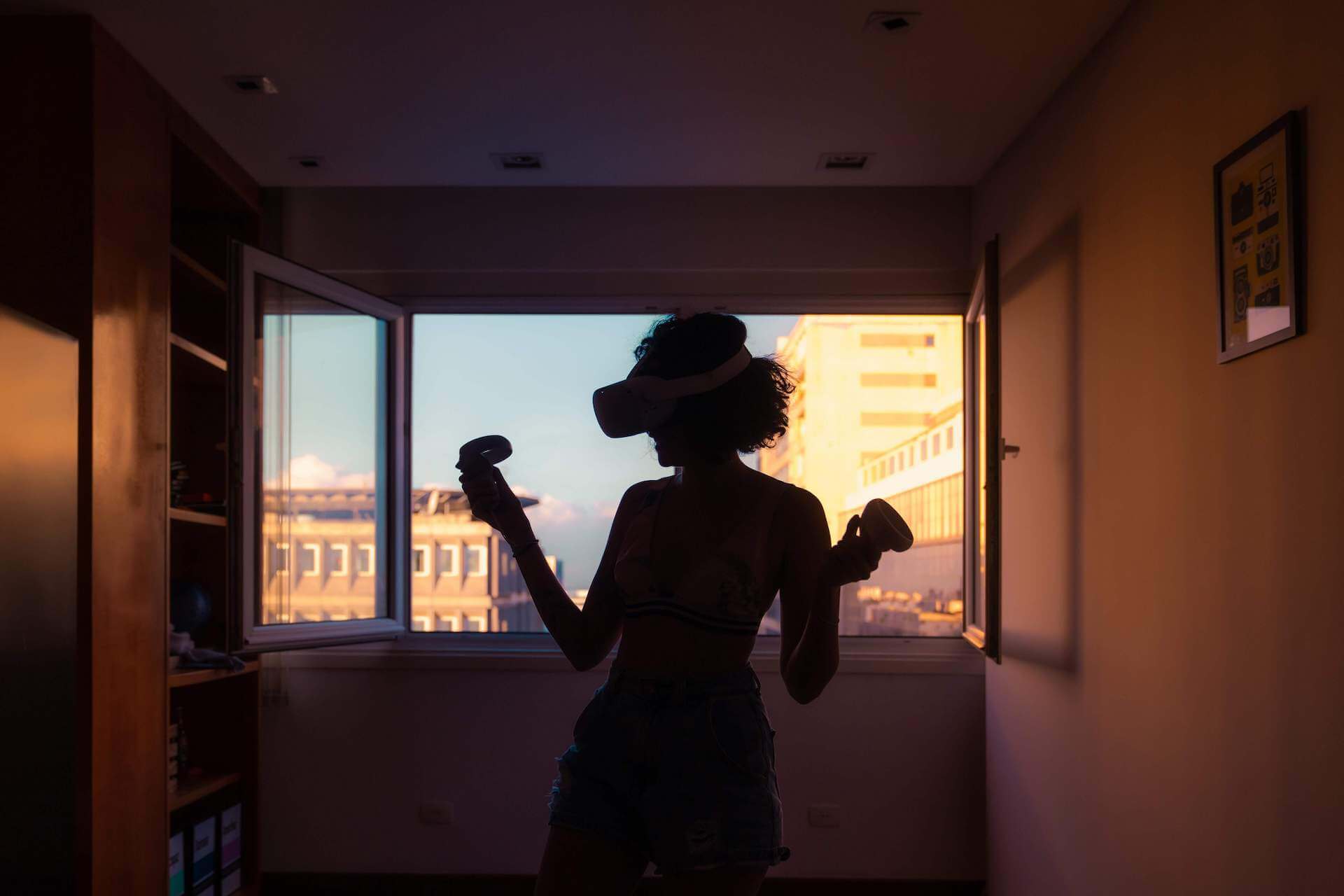Virtual reality is a cutting-edge therapeutic treatment.
Even before the COVID-19 pandemic, virtual reality (VR) was studied as an effective adjunct to psychotherapy. It was being examined in particular to treat post-traumatic stress disorder (PTSD) and phobias. Since the COVID-19 pandemic has left many people quarantined, the use of VR sets has increased exponentially. Therapy has also moved towards more online sessions than in person. These factors have resulted in increased use of VR in therapeutic treatment.
Over time, therapists who practice cognitive-behavioral therapy have become more accepting of the use of VR in treatment, particularly in regards to Virtual Reality Exposure Therapy (VRET) (Linder, et al., 2019). Previous therapists’ concerns about cost and potential technical issues seem to be a factor no longer.
There is a wide range of versatility to using virtual reality in the therapeutic setting. Meditation and relaxation apps used with a therapist’s guidance can result in a decrease in anxiety and depression symptoms. Clients that use virtual reality treatment have less deterioration in anxiety symptoms than those on a waitlist, and improvement is equal to that of other therapeutic modalities (Fernandez-Alvarez, et al., 2019). Clients don’t necessarily have to engage in a relaxation activity—they can even meet with therapists in virtual offices.
Outside of therapy sessions, people who have battled feelings of loneliness during quarantine have found some sense of connectivity through others with virtual reality. Families and friends can connect through a medium other than video conferencing. Virtual reality allows them to engage in an activity together, even though they are miles apart.






